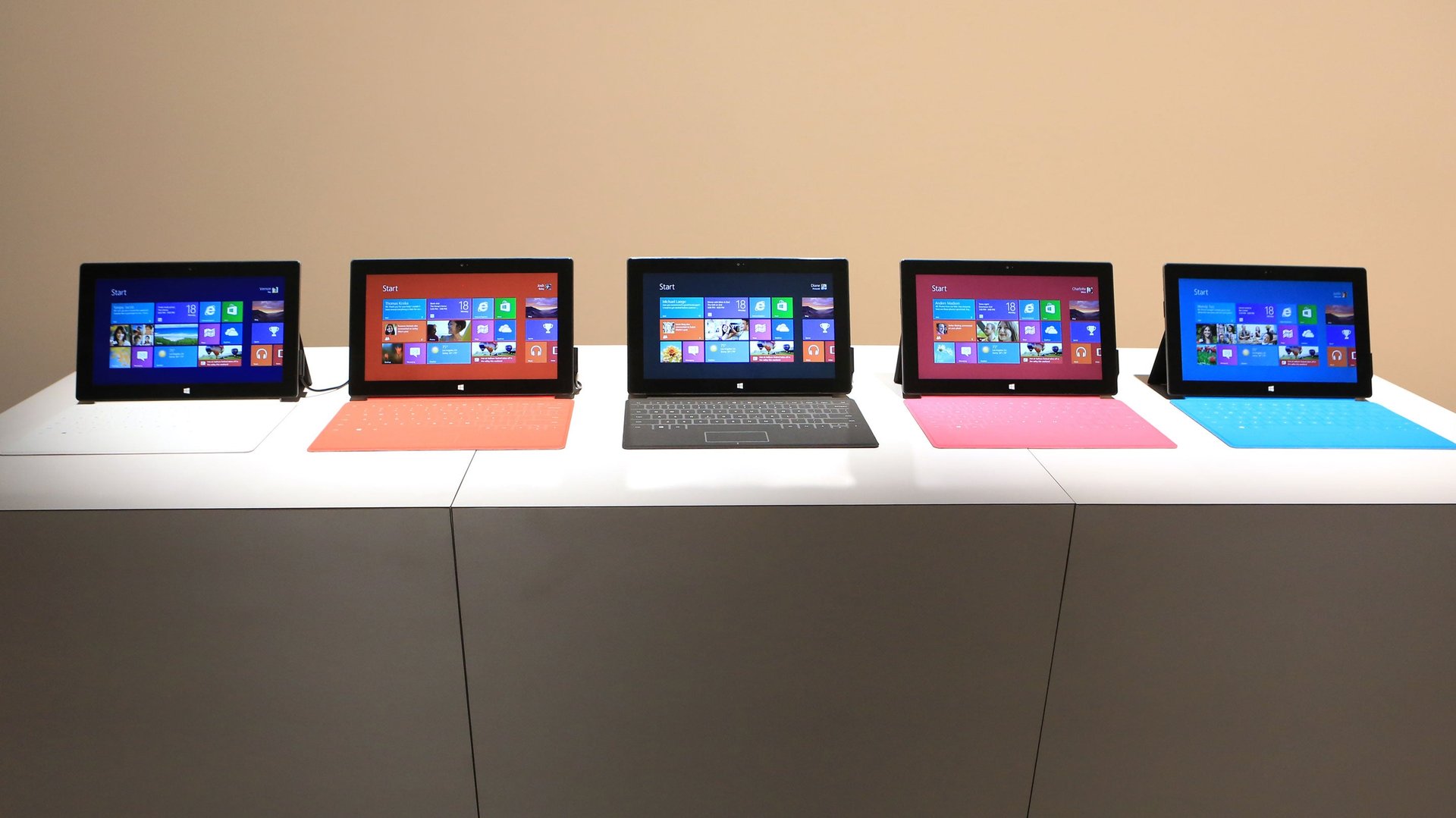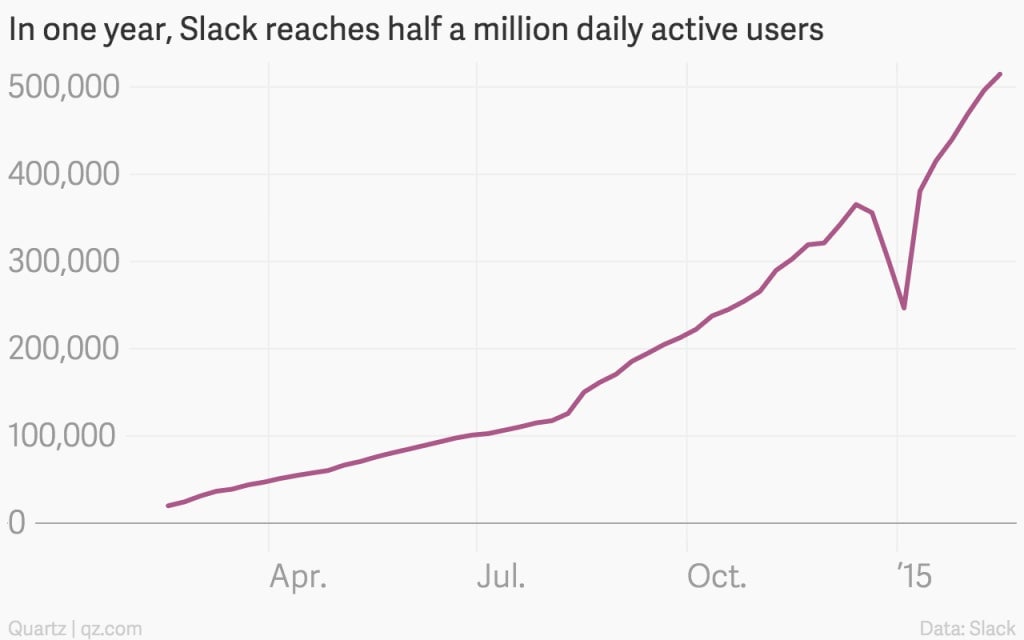Slack is launching on Windows so it can really take over the workplace
Slack, the rapidly-growing enterprise communication platform, has finally rolled out a desktop app for Windows, which will delight about 30% of the company’s more than 500,000 users—who, until now, had to rely on Slack on a browser.


Slack, the rapidly-growing enterprise communication platform, has finally rolled out a desktop app for Windows, which will delight about 30% of the company’s more than 500,000 users—who, until now, had to rely on Slack on a browser.
Founder and CEO Stewart Butterfield tells Quartz the delay in timing had to do with hiring Windows developers. “They are a lot harder to find,” he says. Slack has more Mac users than Windows users anyway, he says, “so we prioritized accordingly.” The company also is working to push out a Windows mobile application.
Like the Mac app, which half of Slack’s users logged into in the last week, the Windows version looks and feels similar to the browser experience, but is slightly more robust. For people who communicate with multiple teams, the native Windows app manages their teams from one window, instead of forcing them to keep several browser tabs open. New alerts light up the computer’s task bar, and notifications can also be silenced.
Slack, which currently sports a $1.2 billion valuation, has been able to grow just fine without a Windows app, and build a near-fanatical following (including here at Quartz, which uses the messaging system). Unlike other enterprise companies like Salesforce or Microsoft, Slack is seen as having a vibrant personality, and users have responded accordingly. “I got a fever, and the only prescription is more slack!” wrote one reviewer, who gave a five-star rating to Slack’s Mac app.
Slack’s growth can be largely attributed to word-of-mouth marketing. One year after its launch, Slack said it had more than $12 million in annual recurring revenue.

Now that Slack has finally launched its Windows desktop app—and is working furiously to push out a Windows mobile version—it’s better armed to take over the world, one team at a time.